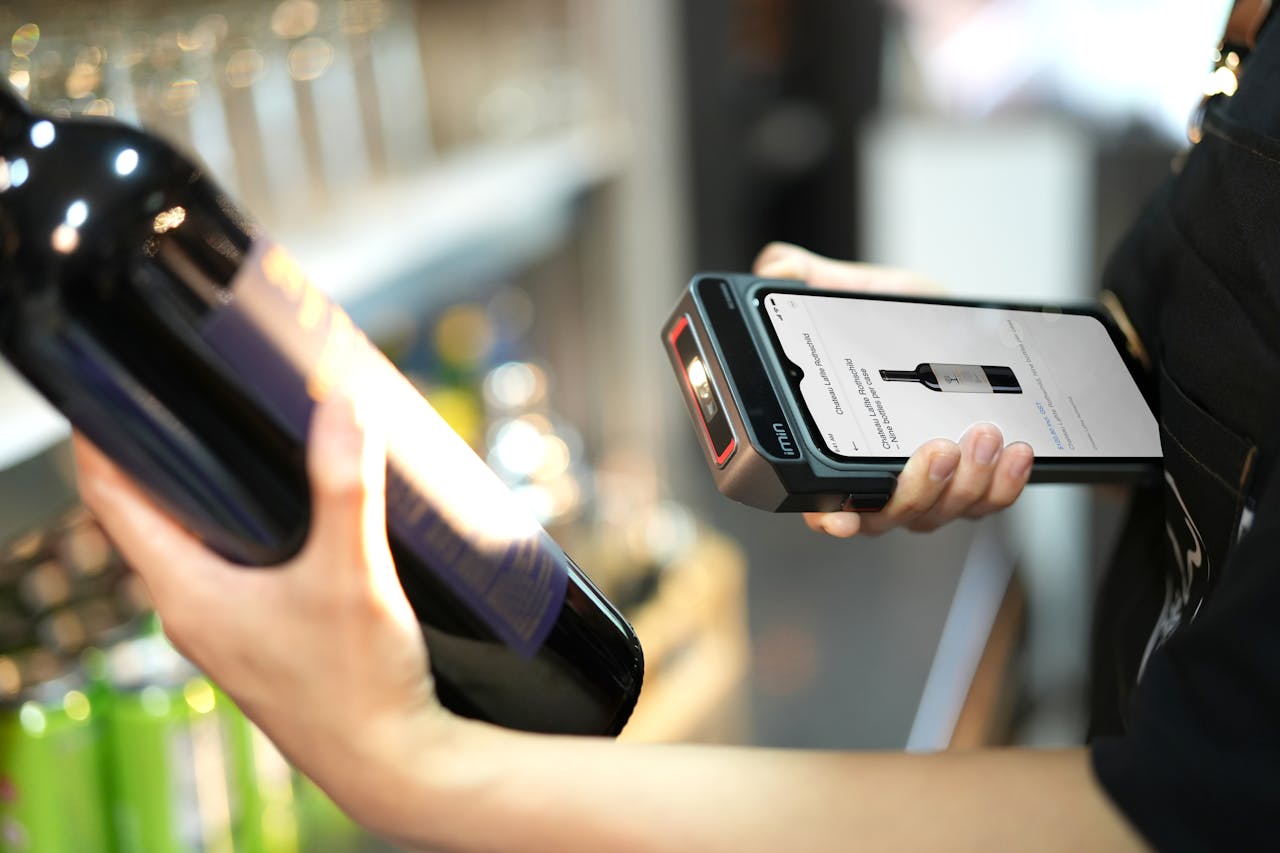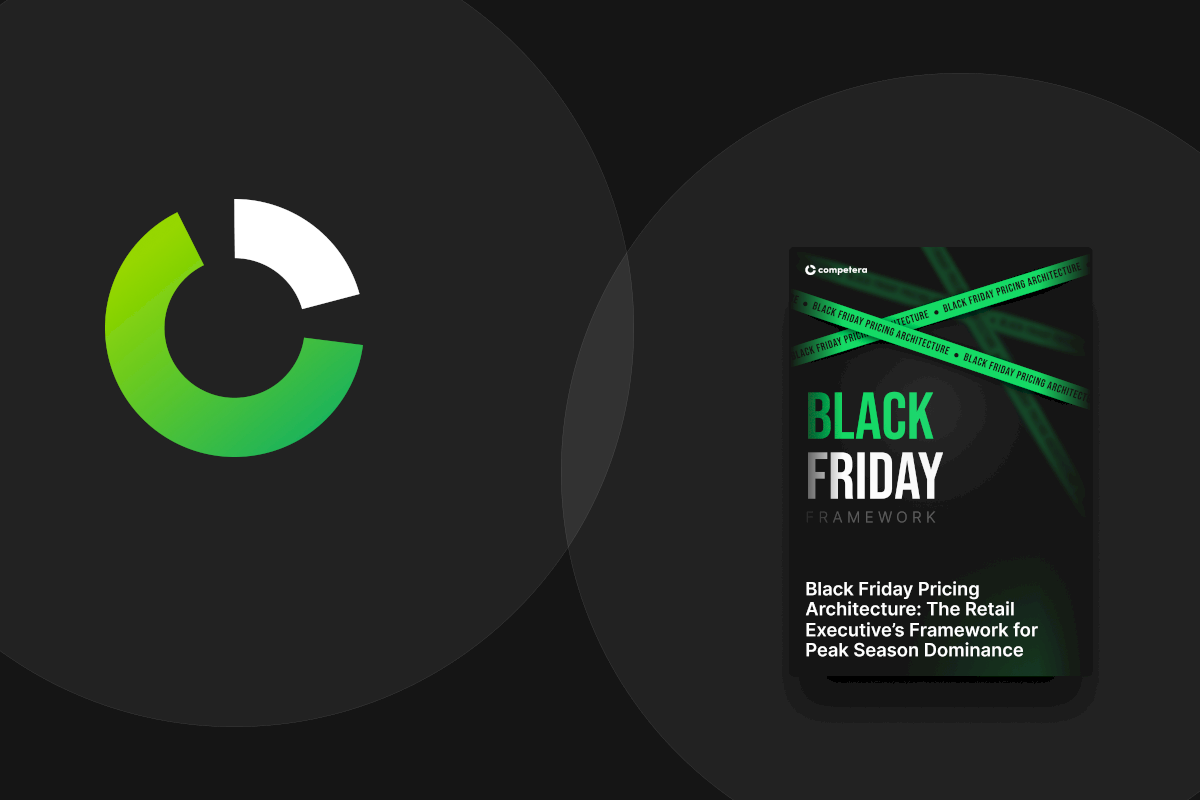In retail, pricing is a race won by those who see the market more clearly. With AI technologies, retailers' abilities to see and analyze the market and consumer behavior have reached a new level. The point, though, is to come up with a clear understanding of what your business wants to gain with AI, which particular tools would be the best in your case, and how to implement the new tech into your workflows smoothly. How to do it? Let's find out.
What Are AI Pricing Solutions in the Retail Industry?
In retail, AI pricing tools offer much more than basic automation — they act as a live readout of market conditions. Instead of Excel spreadsheets filled out manually, the dashboards of AI tools and platforms offer a nearly live analysis of changes in consumer behavior, demand, shelf data, and dozens of other factors.
Be aware that despite all of these trends, you still can’t manage pricing without people setting goals, analyzing the insights, and making adjustments. Simply put, artificial intelligence in retail is not a silver bullet. The future of AI in retail does not imply substituting people. The major benefit of AI for retail industry implies giving teams more accurate and timely insights needed for better decision-making. The result? In a market where prices change overnight, AI may ensure your decisions keep pace with reality and sometimes, set the pace altogether.
The Evolution of Pricing: From Manual to AI for Retail
Not long ago, retail pricing was a blend of instinct, experience, and a fair amount of manual work. Merchandisers would scan shelves, jot numbers, and guess how the competition might react. That era is fading fast. Pricing in retail has evolved from a primarily manual process, which was time-consuming and prone to mistakes, to creative decision-making where prices are an almost real-time embodiment of the dozens of factors recalculated by smart algorithms. Some systems even track in-store conditions with a speed and precision no human team can match.
How Artificial Intelligence Drives Dynamic Pricing in Retail
Long time before AI for retail stores became a commonplace, dynamic pricing has been widely used across the industry. What AI brought to the table is an unprecedented speed and accuracy in dynamic pricing. Timing was the major problem with dynamic pricing in the past.
Lack of automation and high-quality market insights made dynamic pricing effective enough only for the SKUs with relatively stable demand. In contrast, the items with highly sensitive and fluctuating demand were almost impossible to reprice promptly enough.
And this is where the automation and AI-based platforms have become the real game-changer. Now, especially, with the use of Electronic Shelf Labels, all types of SKUs can be priced dynamically with the same high efficiency.
The Impact of AI on Pricing and a Competitive Retail Market
In the age of radical price transparency, when customers can check your competitors' prices in a few clicks, winning a sale becomes anything but trivial. In the past, if you were able to track the competitors' prices promptly and then adjust your prices based on market changes, it would be considered an ultimately good result.
Now, with AI technologies available for retailers, the implications of competitiveness have just reached another level. Competitive data alone is hardly enough to be a market trendsetter. Now, you can track, analyze, and adjust prices based on a dozen other pricing and non-pricing factors, like the geography of a particular store, individual consumer purchase history, or even the weather forecast.
With platforms like Competera combined with advanced Electronic Shelf Label (ESL) systems, you can maximize the benefits of AI in retail. With this kind of software, you can transform these insights into actions in seconds. Once one or another factor changes, the platform adjusts the price, and it is sent immediately to an ESL in the store.
Integrating AI in Retail: A Step-by-Step Guide for Pricing
Integrating AI into an existing retail IT infrastructure is not a simple task: systems are often disconnected, data is siloed, and legacy systems prevent smooth integrations and the addition of new features. It is also a well-known fact that any AI model is only as good as the data used to train it. Here's a practical approach to merge retail and artificial intelligence:
-
Define Goals to be Reached with AI Retail Solutions: Determine whether an aim you want to accomplish is indeed achievable with the selected tools.
-
Review Your Data: Ensure that your historical sales, competitor tracking, and inventory information are thorough and accurate.
-
Choose the Right Retail AI Solution: Consider platforms like Competera that can handle various pricing use cases associated with artificial intelligence in retail business.
-
Integrate Smoothly: Ensure that the AI solution operates seamlessly with your POS (Point of Sale), ERP (Enterprise Resource Planning), and other systems.
-
Prepare Your Team: Provide diverse artificial intelligence retail industry training for your staff as it is crucial for successful use of advanced tech.
-
Pilot and Refine artificial intelligence in retail market: Start with small trials using new tools. As your team becomes more confident in using AI tools, gradually expand to include new product groups, stores, or regions.
Challenges and Opportunities of Artificial Intelligence in Retail Pricing
Artificial intelligence in retail market brings both complexity and potential. Even the smartest algorithms stumble without it. Another tricky part is keeping artificial intelligence retail suggestions in line with your brand's identity — pricing isn't just numbers; it's perception. The rewards, however, are enormous. AI-driven solutions for retailers can track competitor moves instantly, forecast demand changes, and tweak thousands of product prices in real time.
The Future of AI and Retail: Personalized Pricing on the Horizon
The coming phase of AI in retail is set to focus on personalization — pricing that shifts not only with market changes but also with each shopper's habits, interests, and willingness to spend. Artificial intelligence in retail industry makes it possible to picture two people looking at the same item and each receiving an offer that feels relevant, fair, and well-timed
This isn't a future concept — it's already possible, combining AI's analytical strength with detailed customer insights. Platforms such as Competera can help you not only to automate and speed up the repricing process but also give insights into consumer behavior and expectations. This is how you can provide customers with what they want while also hitting the business goals in the long run.
Contact us to discover how Competera can help your business boost both consumer loyalty and profits.






